In less than two minutes, Tesla employees were able to take off their gas masks.
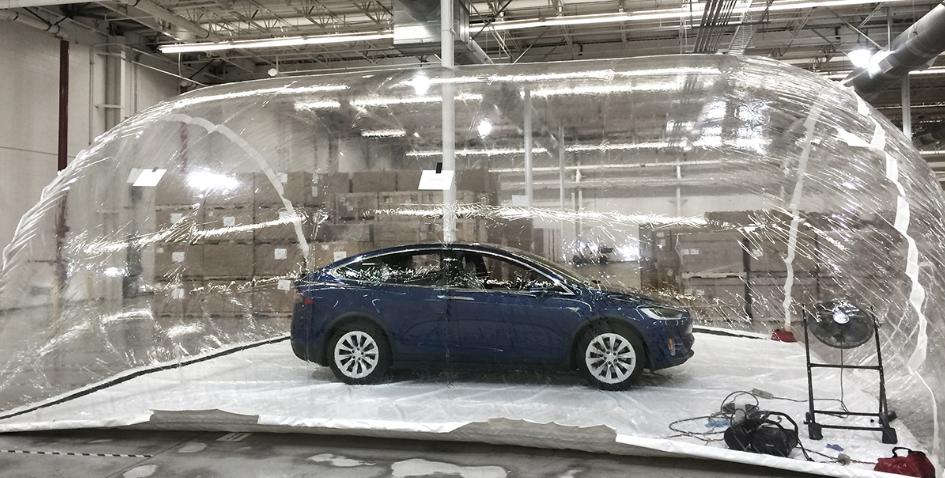

If we can just perfect this more; then I have found my answer in transporting me to meetings, conferences, etc. from building location to building location on a non-snowy or non-rainy day. This would be great to use to get around those traffic jams too.
SAUSSET-LES-PINS, France, May 1 (UPI) — A French jet ski champion found victory in another venue Saturday, setting a new Guinness World Record for the farthest hoverboard flight during a thrilling attempt off the coast of Sausset-les-Pins in the south of France.
Franky Zapata managed a new benchmark distance of 2,252 meters, or almost 1−1÷2 miles, by far surpassing the previous record of 275.9 meters or 905 feet 2 inches, Guinness reported.
The previous record was set last year by Canadian inventor Catalin Alexandru Duru.
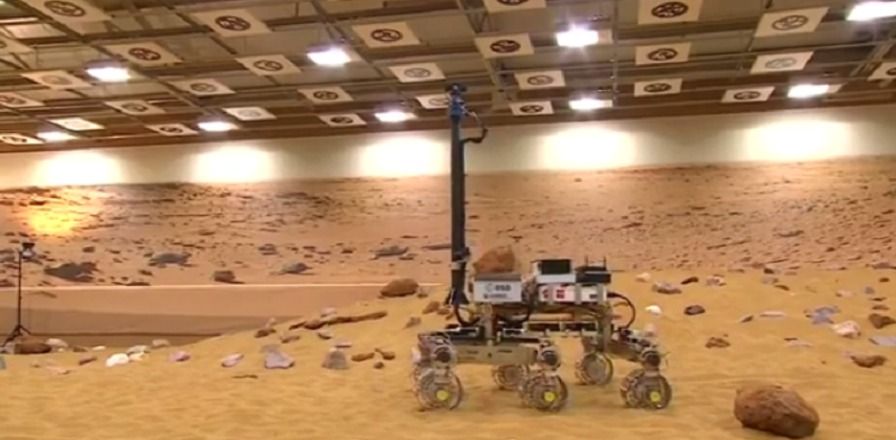
Astronaut Tim Peake controlled a robot from the International Space Station (ISS). However, the robot wasn’t in space, but was located on Earth. The experiment was meant to prepare astronauts and technicians for future human-robotic missions to the Moon, Mars, and other celestial bodies.
As part of a unique experiment, astronaut Tim Peake successfully maneuvered a robot located on Earth from the ISS. The British astronaut took control from the Earth-based team and steered the robot on a simulated Martian landscape. The experiment took place at Airbus Defence and Space in Stevenage, dubbed “Mars Yard.”
The experiment, titled “Supervisory Control of Mars Yard Rover” or SUPVIS-M for short, was designed to one day allow humans, more specifically astronauts, sitting on board ISS or other deep space vehicles, to reliably control robots or machines over vast distances. The experiment is part of Europe’s METERON (Multipurpose End-To-end Robotics Operations Network) project. The overall idea is develop and optimize tasks and directional control.

“Artificial Intelligence, friend or foe?”
I, like most of you, have pondered this question many times over the years, and I’ve finally come to this conclusion: We should NOT give birth to (what could and SHOULD be described as) an entirely new sentient race — then immediately consign it to shackles and slavery. If we do, we will deserve what we get.
By now we’ve all seen some of the most brilliant people of our age come out with warnings about AI, some advocating extreme, cruel and intellectually dishonest measures to make sure that our new creations don’t ever turn on us.
What has really shaped my opinion on this is the glaringly awful parallels to statements, articles, and speeches given in the south before slavery was abolished and the rebel flags laid low. They describe their fear of slave revolts and advocate extreme, paranoid measures to ensure that they are never brought down by the beings that they consider property, rather than the brothers and sisters that they actually were. The parallels are absolutely chilling, right down to the very language used both then and now.
I plan to write a whole lot more on this particular subject in the near future, but I’d love to see what everyone else stands on this issue!
By Kaye Foley

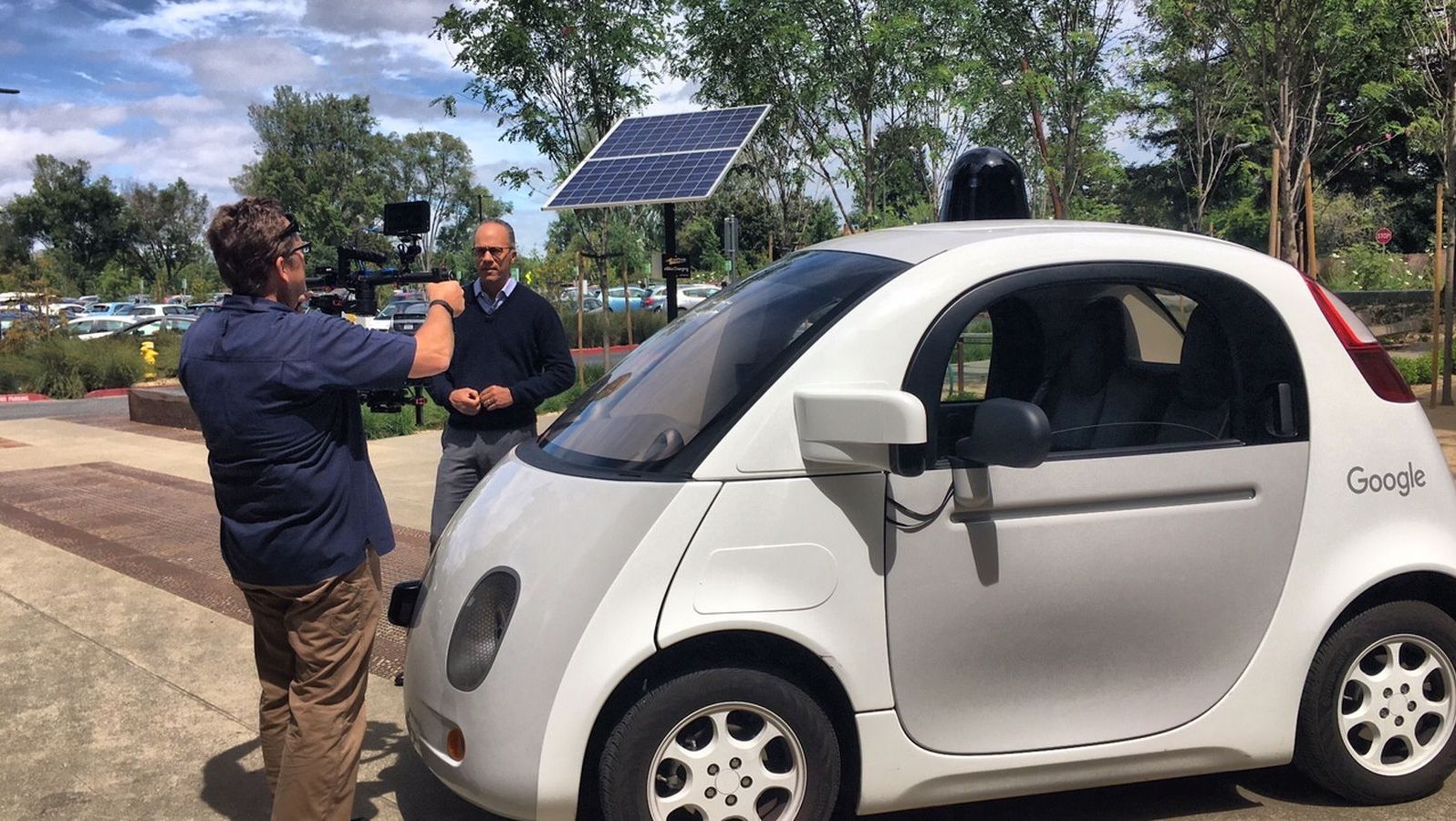
According to Astro Teller, the Google self-driving car is “close to graduating from X.” Parsing out the meaning of that string of words is a little complicated, but basically it means that Alphabet isn’t thinking of self-driving cars so much as a crazy “moonshot,” but as a thing that’s just about ready to be a standalone business that could actually generate revenue.
If you’re not a close follower of Google, though, more explanation might still be in order. It’s coming, in the form of a segment on tonight’s NBC Nightly News with Lester Holt. They’ll be airing an inside look at X division inside Alphabet. That’s the group you know as Google X, but after last year’s corporate reorg, we’re all still getting used to the new naming conventions.
Holt interviewed Astro Teller and Obi Felten, who have the cheeky titles “Chief of Moonshots” and “Director of X Foundry,” respectively. It’ll likely be an overview of the projects that X is currently running — including self-driving cars, Project Loon, Project Wing, and Makani. Teller will also be candid about X’s failures. Failure being a favorite topic of his, actually — Holt tells us that inside X, “if you have an idea that crashes and burns, they give you a sticker.”
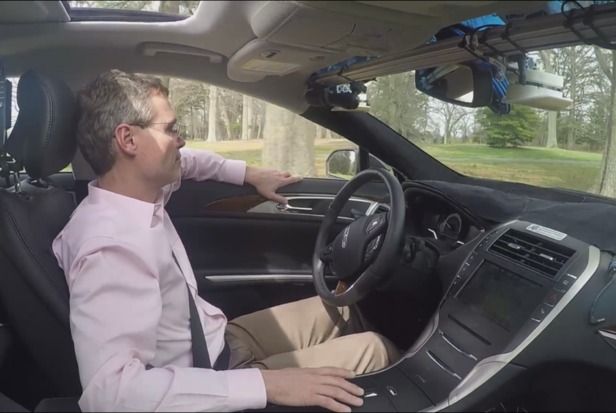
I do love Nvidia!
During the past nine months, an Nvidia engineering team built a self-driving car with one camera, one Drive-PX embedded computer and only 72 hours of training data. Nvidia published an academic preprint of the results of the DAVE2 project entitled End to End Learning for Self-Driving Cars on arXiv.org hosted by the Cornell Research Library.
The Nvidia project called DAVE2 is named after a 10-year-old Defense Advanced Research Projects Agency (DARPA) project known as DARPA Autonomous Vehicle (DAVE). Although neural networks and autonomous vehicles seem like a just-invented-now technology, researchers such as Google’s Geoffrey Hinton, Facebook’s Yann Lecune and the University of Montreal’s Yoshua Bengio have collaboratively researched this branch of artificial intelligence for more than two decades. And the DARPA DAVE project application of neural network-based autonomous vehicles was preceded by the ALVINN project developed at Carnegie Mellon in 1989. What has changed is GPUs have made building on their research economically feasible.
Neural networks and image recognition applications such as self-driving cars have exploded recently for two reasons. First, Graphical Processing Units (GPU) used to render graphics in mobile phones became powerful and inexpensive. GPUs densely packed onto board-level supercomputers are very good at solving massively parallel neural network problems and are inexpensive enough for every AI researcher and software developer to buy. Second, large, labeled image datasets have become available to train massively parallel neural networks implemented on GPUs to see and perceive the world of objects captured by cameras.
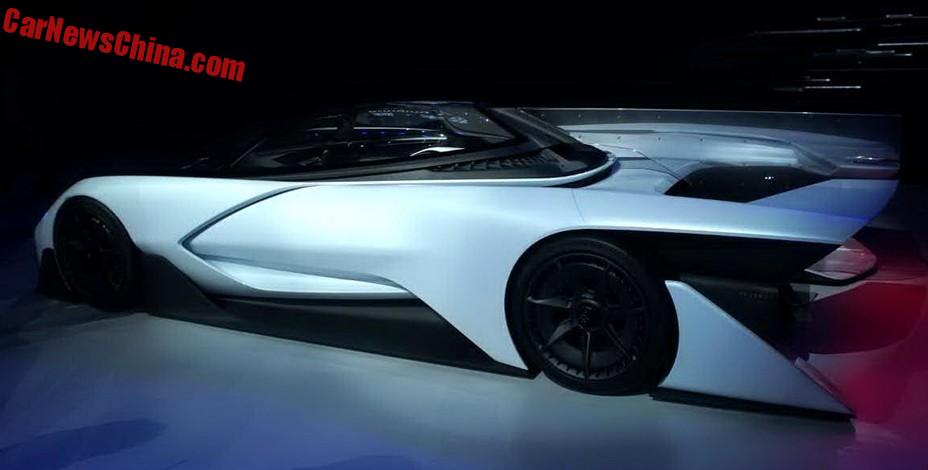
LeEco is known as the “Netflix of China” due to its very popular video streaming service, but the conglomerate also has interests in a much wider range of sectors including smartphones, TVs and electric vehicles.
Ding Lei, LeEco’s auto chief and a former top official at General Motors’ China venture with SAIC Motor, says part of LeEco’s advantage in tomorrow’s auto industry is that it carries no baggage from today’s.
This, the man said, is the future of cars, and the Chinese consumer electronics company LeEco is going to make that future a reality.
Turns out the Model 3 isn’t going to be Tesla’s most affordable model.
Teslas can cheaper?

Originally published on EV Obsession.
While it’s now widely realized that Google has been putting substantial amounts of its money into the development of autonomous driving technology over the last few years, it’s probably far less widely known that the Chinese equivalent of Google — Baidu, the top search engine company in China — has begun to do so as well.
Late last week, the company announced that it had formed a new self-driving vehicle team to be based in Silicon Valley — right in the same general “neighborhood” as Google, interestingly. The new team will be focused on the research, development, and real-world testing of autonomous technologies, according to a new press release.